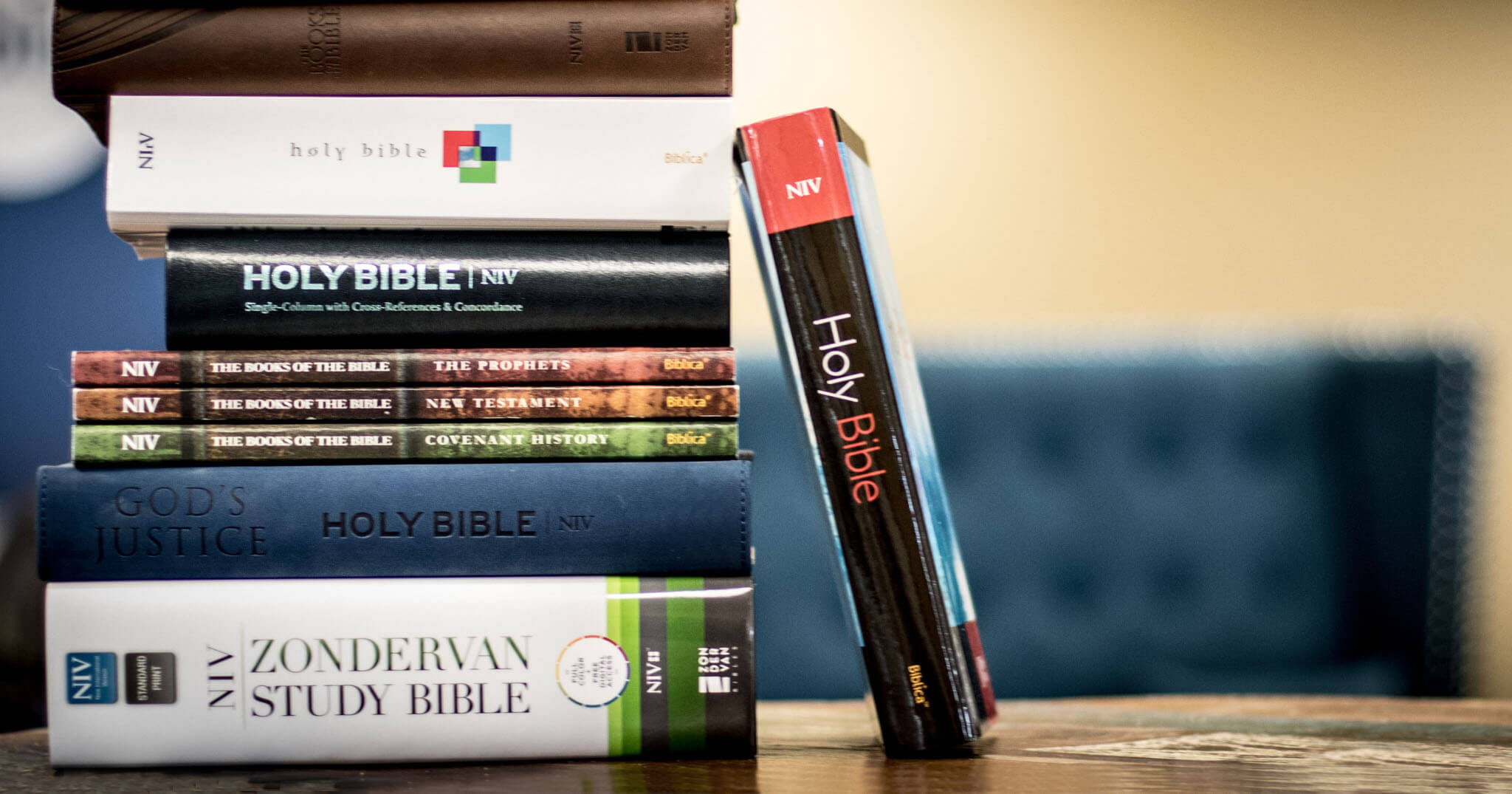The Bible is a collection of 66 books written by approximately 40 authors over about 1,500 years. Each author, inspired by God, was writing for a specific purpose.
Samuel—Kings and Chronicles—Ezra—Nehemiah are good examples. The first tells a covenant history, how the kings who led Israel kept violating the covenant God made with his people. This helped the Jews in exile in Babylon understand why they were in exile. The second tells a royal history, how certain kings took care of the temple and the worship of God before the people were sent into exile. This account barely mentions the evil kings, but it still faithfully and completely tells the story of Israel for its purpose: it encouraged the exiles that they would return to their land and a king would rule them again. So taking whole accounts such as Kings and Chronicles and merging them into chronological order would destroy the specific narrative they are trying to tell.
On the other hand, there are books in the Bible that it would make sense to rearrange into chronological order. Take Paul’s letters, for instance. In the current traditional Bible, they are in order from longest to shortest. The Prophets are also placed generally in order of length. But it was not always this way. In ancient times, the keeper of the scrolls in a synagogue would place the “books” of the Bible in cubbyholes in a case. He kept them in the order he was taught or the one he chose. For many centuries, there was no fixed order of scrolls among the synagogues or churches around the world. Even when the codex (an early type of book) was created, the books in the Bible were not in a particular order.
When the printing press was invented, the number of Bibles available greatly increased. For a while, the biblical books were printed in several different orders. Gradually, the order we know today became more and more common until virtually all editions used that specific order.
The order of the books is not sacred. Some Bibles have been produced that keep the books that were intended to be whole books as whole books, but they put those whole books in an order that is more helpful. One edition is called The Books of the Bible. It keeps Genesis through Samuel–Kings in the traditional order, since it is one long narrative. Then it places the Prophets in historical, chronological order, as nearly as possible. And then the Writings are grouped together as poetry, wisdom, royal history, and apocalypse. The New Testament begins with Luke–Acts, grouped with Paul’s letters in likely chronological order. Hebrew-oriented books, headed by Matthew, come next. Then comes Mark followed by Peter’s letters. Finally come John and his letters, closing with the Apocalypse (Revelation). This ordering of the books is not sacred either. But it might be more helpful for reading God’s Word in a bigger way and understanding the amazing story of God and his world and how he redeemed us.





